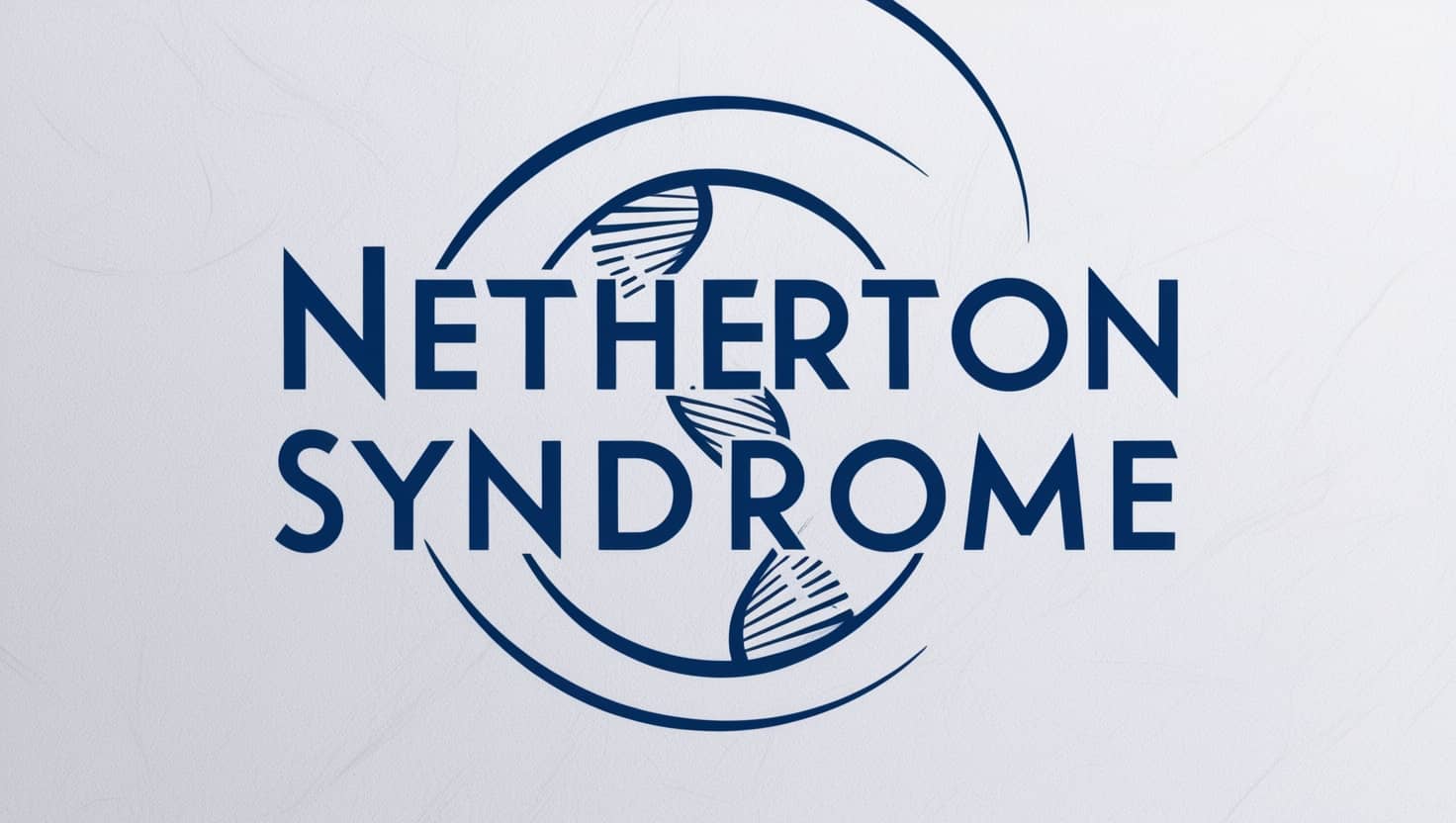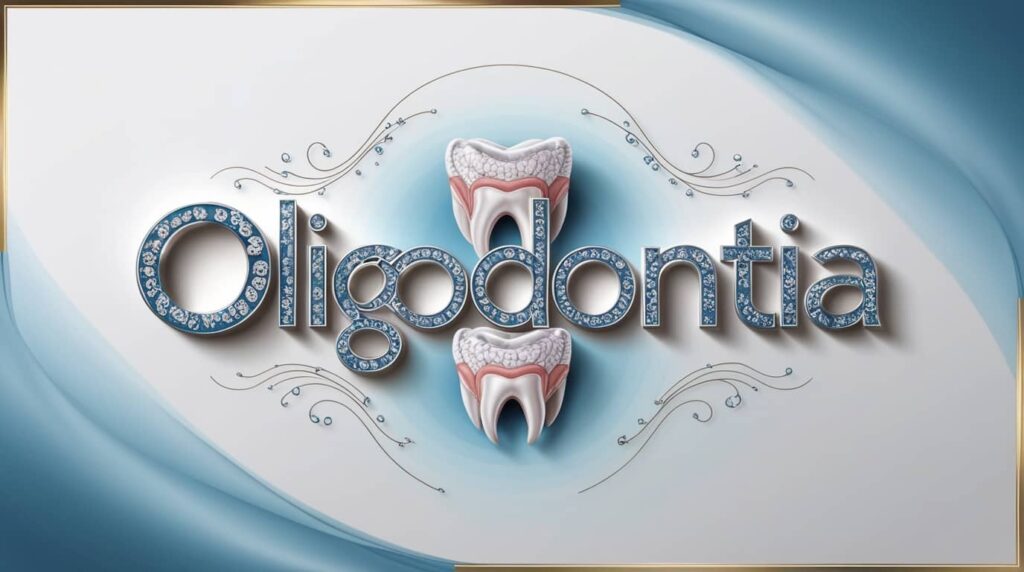What is Netherton Syndrome
Netherton Syndrome is a rare hereditary autosomal recessive multisystem disorder characterized by generalized erythroderma at birth or soon after.
Inborn keratinization errors are a diverse group of heterogeneous genetic diseases known as ichthyoses. Netherton syndrome is one of them (NS).
How Many people have Netherton Syndrome?
The incidence of Netherton syndrome is estimated to be 1 in 200,000 people. However, the frequency may be underestimated because of early neonatal mortality.
Is Netherton Syndrome Contagious?
No, it is a hereditary condition.
Clinical Features of Netherton Syndrome
Ichthyosiform dermatosis, hair shaft abnormalities, and atopic diathesis (elevated serum IgE) comprise the classic triad of clinical features.
Ichthyosiform erythroderma frequently progresses to ichthyosis linearis circumflexa, which is highly specific but not constant.
Most (but not all) patients with NS have generalized erythroderma and scaling resembling congenital ichthyosiform erythroderma, or continuous skin peeling.
Enteropathy, hypoalbuminemia, aminoaciduria, mental retardation, growth retardation, and immunologic abnormalities are also common symptoms of the disease.
NS is characterized by a specific hair shaft abnormality known as “bamboo hair.”
The third characteristic feature of NS is an immune system imbalance. IgE levels in the blood are significantly elevated.
Causes of Netherton Syndrome
NS is caused by a mutation in serine protease inhibitor, Kazal type 5 gene (SPINK5), which is located on the long arm of Chromosome 5.
Complications of Netherton Syndrome
Recurrent skin infections in NS patients are caused primarily by Staphylococcus aureus.
Flares can be triggered by secondary S.aureus infections (personal observation).
Blepharitis caused by Staphylococcus aureus is also very common.
Other skin complications include lichenification in flexor creases with skin thickening, similar to atopic dermatitis.
NS patients can also develop papillomatous skin lesions in the groin, perineal, and Genito-anal areas, which can be HPV positive and progress to a giant condyloma of Buschke-Lowenstein tumor.
In a few cases of adult NS patients, squamous cell carcinomas of the skin have been reported.
Read Also: Sick Building Syndrome | Causes, and Management
Diagnosis of Netherton Syndrome
The diagnosis of NS is often difficult in early infancy because the clinical presentation of erythroderma with failure to thrive is common with other conditions, such as immune deficiency syndromes.
Histology and molecular analyses are frequently used to confirm the diagnosis.
Histological examination of a skin biopsy shows the followings: –
- Marked epidermal hyperplasia with elongated and enlarged rete ridges.
- Stratum corneum detachment.
- Lack of or reduced granular layer.
- Variable cell infiltrates in the papillary dermis.
Confirmation of the diagnosis relies on the demonstration by immunostaining of complete absence, or more rarely marked reduction, of LEKTI expression in the granular layer of the epidermis and in the inner root sheath of hair follicles.
The finding of bi-allelic loss-of-function mutations in SPINK5, the majority of which result in premature termination codons, is the definitive proof of NS.
The Human Gene Mutation Database currently lists more than 85 different disease-causing SPINK5 mutations.
Differential Diagnoses
Differential diagnoses include: –
- Peeling skin syndrome.
- Omenn syndrome.
- Primary immune deficiency syndromes.
- Hyper IgE syndromes.
- Severe atopic dermatitis and severe skin dermatitis.
- Multiple allergies.
- Metabolic wasting (SAM) syndrome.
Is there a Cure for Netherton Syndrome?
At present, there is no curative nor specific therapy targeting NS pathophysiology, and most NS treatments are palliative.
The majority of currently approved NS therapies are also used to treat other dermatological conditions like psoriasis and/or atopic dermatitis.
Topical emollients, keratolytics, tretinoin, and corticosteroids can be used alone or in combination to treat symptoms.
Phototherapy and psoralen-UVA (PUVA) have produced variable results.
Therapeutic strategies
Therapeutic strategies to NS can be divided into two categories:
- Therapies aimed at restoring the skin’s barrier function.
- Therapies aimed at suppressing/modulating the immune response, allergies, and skin infections in order to reduce skin/systemic features.
Read Also: Wiskott-Aldrich Syndrome | Causes, Symptoms & Treatments
Summary
Netherton syndrome is a rare hereditary autosomal recessive multisystem disorder characterized by generalized erythroderma at birth or soon after.
The incidence of Netherton syndrome is estimated to be 1 in 200,000 people.
Ichthyosiform dermatosis, hair shaft abnormalities, and atopic diathesis (elevated serum IgE) comprise the classic triad of clinical features.
NS is caused by a mutation in serine protease inhibitor, Kazal type 5 gene (SPINK5), which is located on the long arm of Chromosome 5.
Histology and molecular analyses are frequently used to confirm the diagnosis.
Histological examination of a skin biopsy shows the followings: –
- Marked epidermal hyperplasia with elongated and enlarged rete ridges.
- Stratum corneum detachment.
- Lack of or reduced granular layer.
- Variable cell infiltrates in the papillary dermis.
At present, there is no curative nor specific therapy targeting NS pathophysiology, and most NS treatments are palliative.
Topical emollients, keratolytics, tretinoin, and corticosteroids can be used alone or in combination to treat symptoms.
References
- (PDF) Netherton Syndrome: A rare genodermatosis. Retrieved January 24, 2022, From ResearchGate.
- Netherton syndrome, a case report and review of literature. Retrieved January 24, 2022, from ResearchGate.
- (PDF) advances in understanding of Netherton syndrome and … Retrieved January 24, 2022, from ResearchGate.


